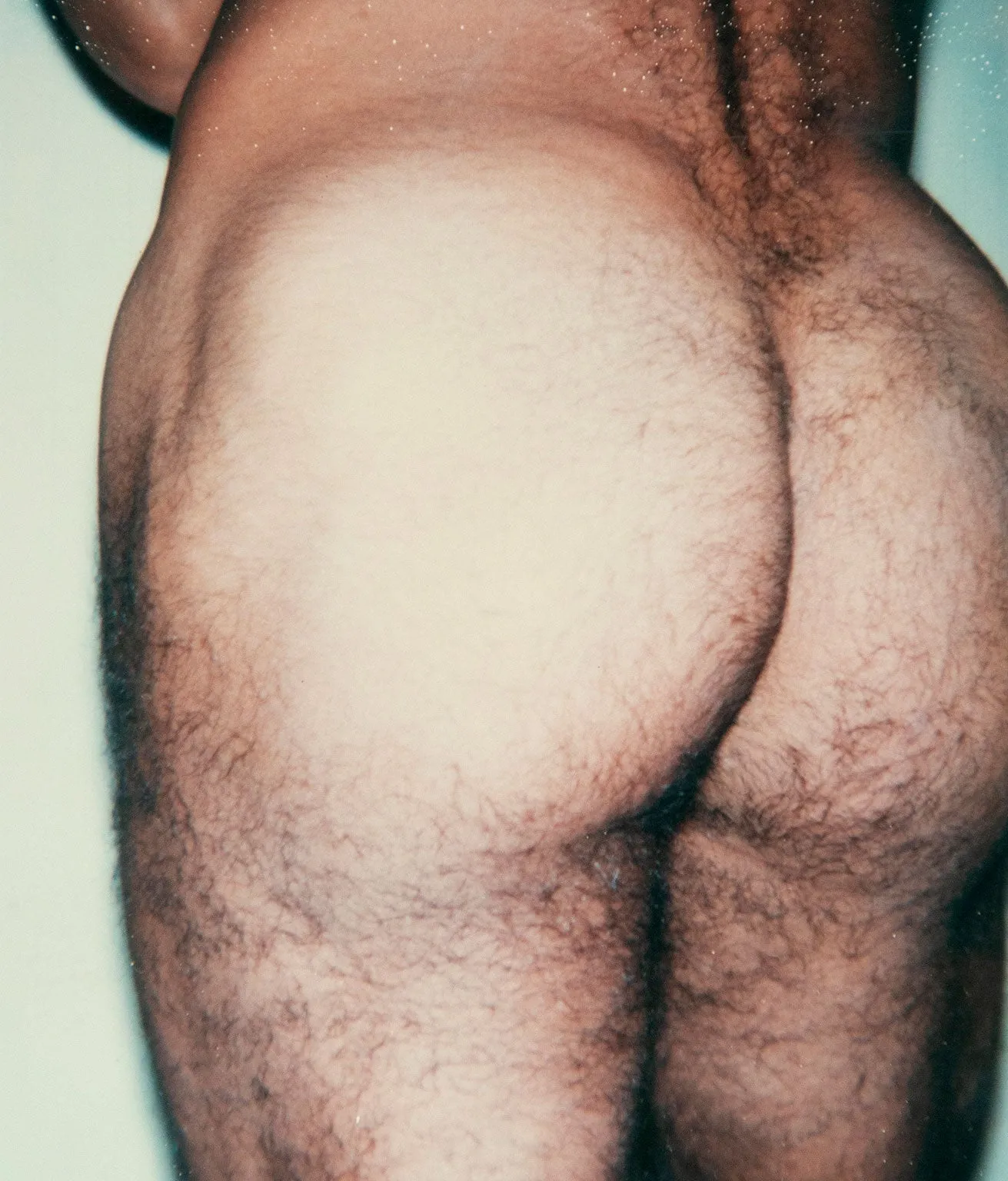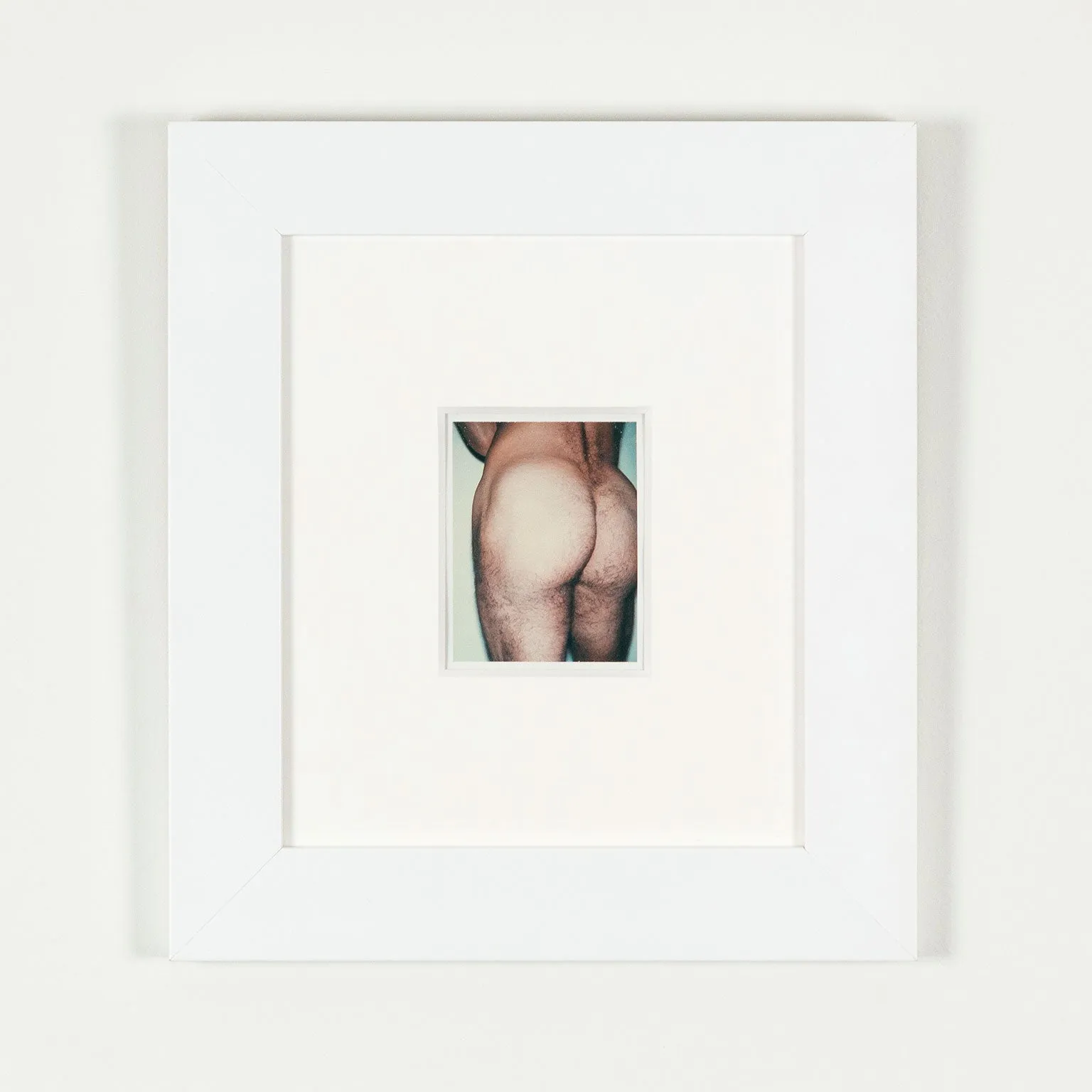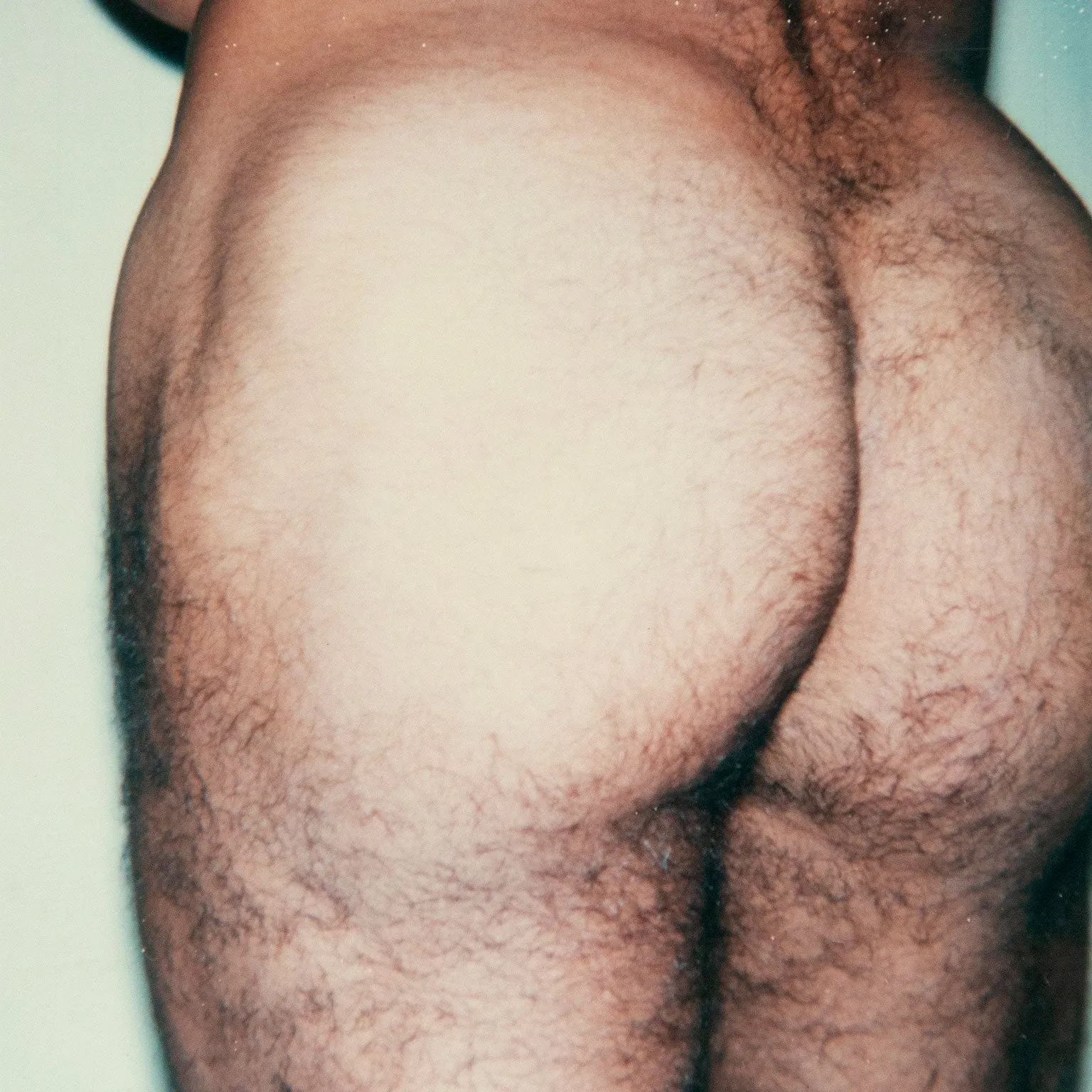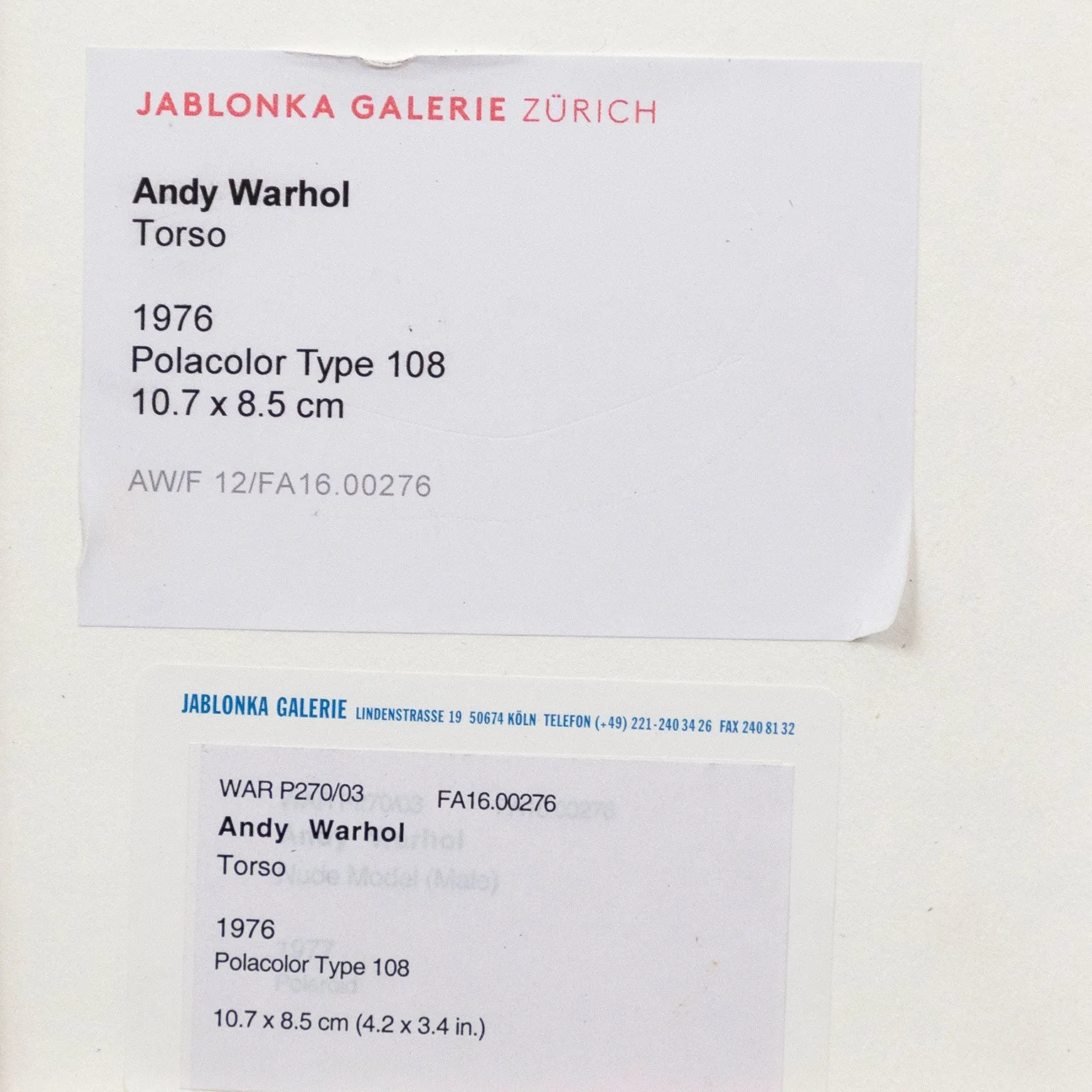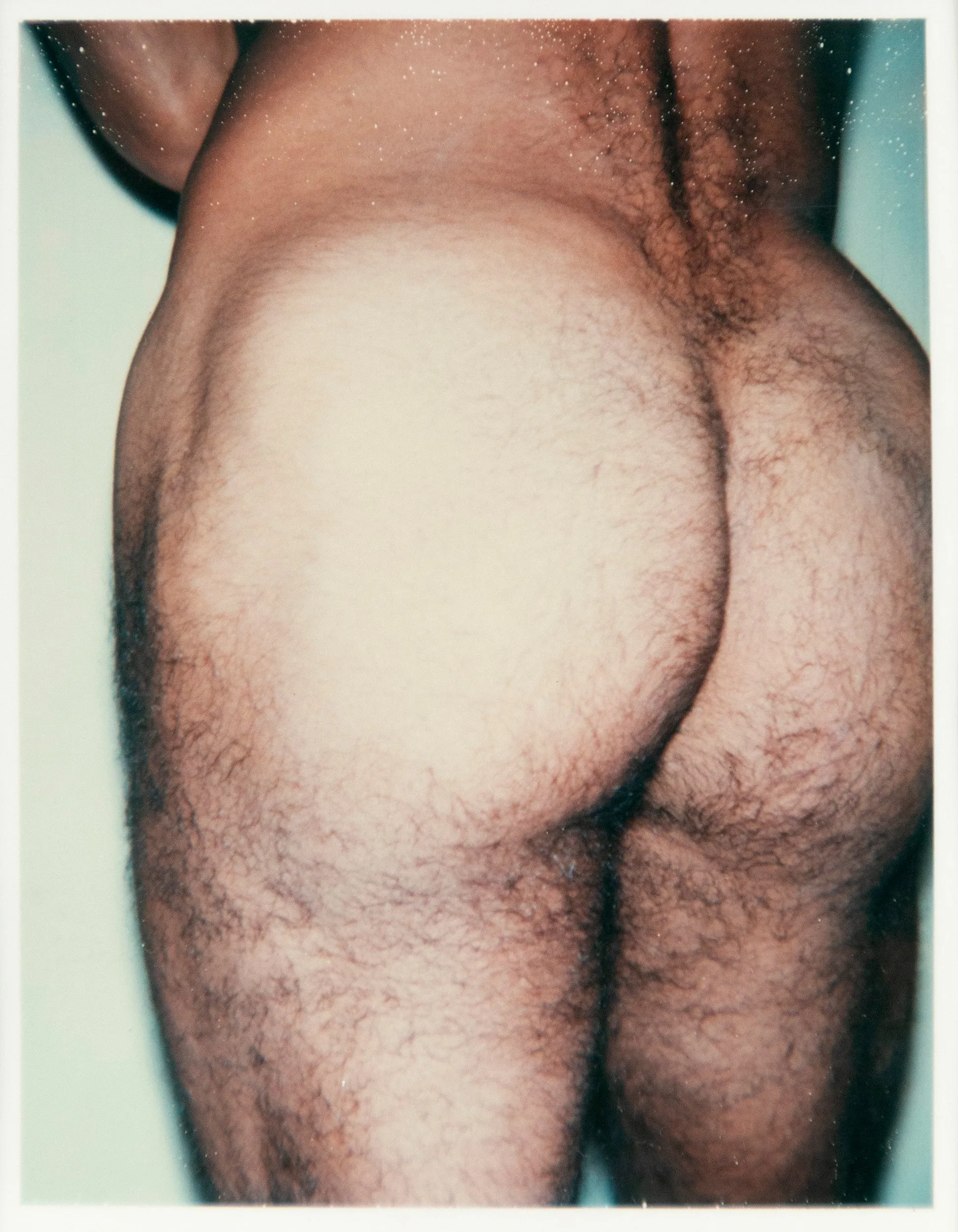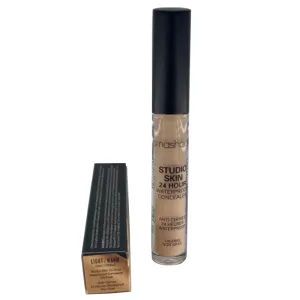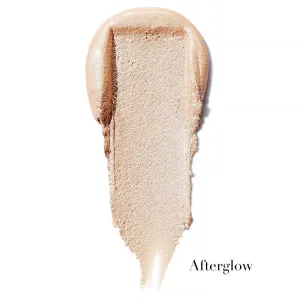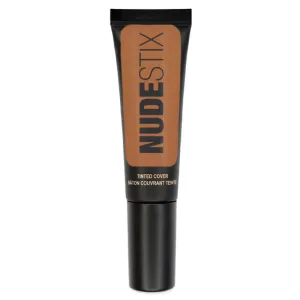Andy Warhol began using the big-shot Polaroid camera in 1971 and continued using it religiously until he died in 1987. Despite the camera being discontinued in 1973, he continued to use it to capture the actors, artists, dancers, politicians, socialites, and factory members of his world.
Frequently, Warhol's polaroids were used as preparatory works for his iconic silkscreen portraits or other artworks. They also revealed his immediate personal vision functioning as a chronicle of his surroundings and social life.
In 1977, Warhol began work on two new sexually-charged bodies of work, Torsos and Sex Parts. These two series are regarded as Warhol's most daring, arguably the earliest overtly gay work in his oeuvre. Ultimately, the works in these series served to help Warhol assert his own homosexuality.
Sex Parts is a series of photos featuring explicit male and female body parts, blurring the line between art and pornography. The inspiration for these works came from Polaroids that Warhol had shot through a series of photoshoots featuring models from gay clubs and bathhouses his assistant Victor Hugo had scouted. After asking the men to relax, pose, or engage in sexual activities, Warhol shot them on both 35mm and Big-Shot Polaroid. The final images are explicit, beautiful, and playful. They are an interesting counterpart to what Robert Mapplethorpe was creating at the same point in the late 1970's.
The tamer images from the photoshoot became the foundation for Torsos, which featured screenprints of models posed in styles reminiscent of the "high art" classical nudes. These images challenge the value we assign to cultural artifacts, and in true Warhol fashion question what is accepted as art in society.
Questions about this piece? or call 1.416.704.1720
Visit our Toronto gallery on .
"Torso" (aka "Butt - H")
USA, circa 1976
Polaroid
Estate embossed blindstamp, verso
Very good condition.
Note: This work is accompanied by a certificate of authenticity from the Estate of Andy Warhol.

